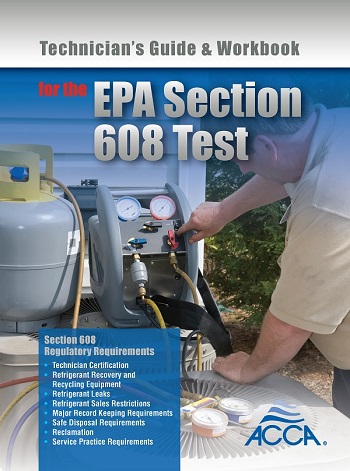The company noted that the supermarket is one of today’s most demanding refrigeration environments where components and systems are subject to many different temperature conditions and resulting stressors. A challenge for manufacturers is to emulate these types of conditions in their testing programs.
The Sporlan Supermarket Test Lab was described as a “modern, comprehensive, and sophisticated testing lab.” It is said to “mimic a wide spectrum of real life supermarket operations.” It includes a mix of DX and secondary fluid cases including open vertical cases, dual temp island cases, medium and low temp glass door cases, and a central monitoring room.
The lab is staffed by test engineers and technicians. Using testing protocols available through the lab, engineers can help train service personnel on new and existing technologies, develop and evaluate various networking topologies, and conduct root cause analysis of problems being encountered in the field.
“Finally, we have the kinds of data we all want,” said Clay Rohrer, business unit manager at Parker Sporlan. “Our new lab generates real-world data that can help customers make more informed equipment decisions.”
Specifics
Total lab capacity was designed around 120,000 Btuh at -20°F and 240,000 Btuh at +15°F using two separate R-404a racks. Each rack has five reciprocating compressors with unloaders. The racks are controlled by Micro Thermo. The low temp rack can be set to operate with hot gas, cool gas, or electric and has the ability to return the defrost gas to the liquid line or inlet of a condenser by utilizing a dedicated return line back to a discreet header at the rack. The low temp rack has a mass flow meter to monitor the flow rate of hot gas being sent to the cases during defrost. In addition, flow meters and current transducers are installed at each case and each rack to calculate coefficient of performance of cases and overall system.
The condensers are placed in an environmental chamber that will maintain set points between +10°F and +110°F. The condensers have split condenser valves and ECM motors.
The cases are placed in an environmental chamber that will maintain set points between 70°-80°F and 50-60 percent relative humidity. Cases are equipped with product simulators and PLC controlled door openers per ASHRAE standards.
The entire Supermarket Test Lab is controlled using Micro Thermo but has a separate data acquisition system that collects temperature, pressure, flow, and power measurement values with real-time data sampling that is displayed on two 55-inch monitors. The data is also saved to a file for further review and analysis.
Currently DX systems operating with R-404a as well as glycol can be tested. Rack capacity is in place for the future addition of CO2 sub-critical or liquid pumped.
According to a statement from the company, “Parker/Sporlan has a comprehensive benchmarking test program with an array of improvement tests such as electronic controls, electronic valves, optimized cycles, etc. We are also working with many partners in the industry on new products as well.”
It was noted the, “Initial test plan is focused on base lining the overall energy consumption and coefficient of performance of a supermarket using all mechanical valves under various outdoor ambient conditions and liquid header pressures. Since sampling data is in real time, we can see exactly what is happening to temperatures, pressures, superheats, and energy use during defrost, pull down out of defrost, steady state, and ready to defrost. With this information representing a broad range of geographical locations, we can get a real look at the energy used to operate in those locations.
“From there we will start testing our line of electronic components in lieu of mechanical to get actual savings by location. Future plans include overall system control with emphasis on reducing energy consumption.”
Publication date: 9/3/2012










